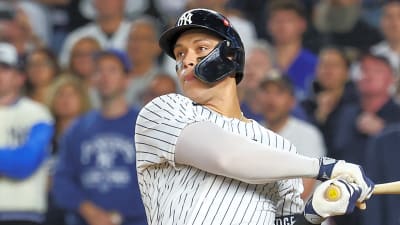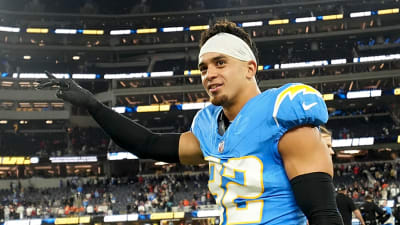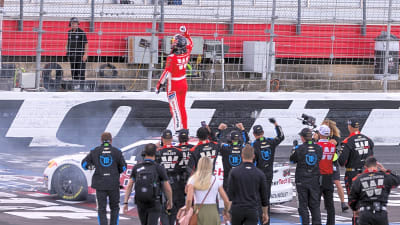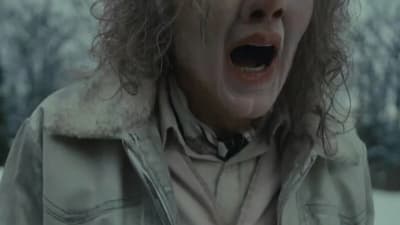
The Cleveland Browns’ 13-10 victory over the Green Bay Packers on Sunday came at a significant cost. Starting offensive tackle Dawand Jones suffered a season-ending knee injury in the first quarter, dealing another blow to an offensive line already battling depth issues. The play that caused the injury, however, has become a point of contention, and the Browns are now taking action.
This article will detail the circumstances surrounding the injury, why the Cleveland Browns seek an NFL review after the Dawand Jones injury, and the potential ramifications of the league’s investigation into the hit by Packers safety Javon Bullard.
The Play in Question
The incident occurred early in the game during a standard pass play. As the play developed, Packers rookie safety Javon Bullard, engaged with another blocker, dove low and made contact with Jones’ legs. The 6-foot-8, 374-pound tackle immediately went down, and it was clear the injury was serious. He was helped off the field and did not return. On Monday, an MRI confirmed the team’s fears: Jones’ season was over.
While injuries are an unfortunate and frequent part of football, the nature of this particular hit has drawn scrutiny from the Browns organization. The NFL has implemented strict rules over the years to protect players, especially “defenseless” players, from dangerous hits. Hits below the waist on offensive linemen, particularly when they are engaged with another defender, are often flagged and subject to league review.
Cleveland Browns Send Play to the NFL for “Interpretation”
During his press conference on Monday, September 22, Browns head coach Kevin Stefanski confirmed that the team would be formally submitting the play to the league office for review. While Stefanski was careful with his words, his statement made the team’s position clear.
“We’ll turn that into the league and find out what they say,” Stefanski told reporters. He emphasized that he did not believe there was malicious intent from the Packers’ player, but that the play itself was questionable under the current rules of player safety.
“You’re not allowed to go low,” Stefanski stated directly. “Now, I don’t believe that their player was intending to hurt our player. I know that’s not the case, but we’ll turn that into the league.”
By sending the play for an official “interpretation,” the Browns are essentially asking the NFL to determine if the hit by Bullard was illegal. While Stefanski’s comments about intent may be a professional courtesy, the team’s action suggests they believe a rule was violated and that some form of discipline may be warranted. The league office will now review the tape to decide if the hit constitutes an illegal low block and whether a fine or other punishment should be levied against Bullard.
The Impact of Losing Dawand Jones
The loss of Dawand Jones is a massive blow to the Browns’ offense. Jones, a promising young talent, was seen as a potential long-term anchor at the tackle position. This injury marks the third consecutive season that will end on the injured reserve for him, raising concerns about his durability.
“Obviously a young player that was getting better,” Stefanski said about Jones. “Disappointed overall for the young man. But he’s somebody that we’ll continue to work and now he’s just going to have to focus on his rehab.”
The injury exacerbates an already thin situation at offensive tackle. The Browns have been without veteran right tackle Jack Conklin for the past two games due to elbow and eye issues. With Jones now out for the year, the team is forced to rely on swing tackle Cornelius Lucas and the inexperienced KT Leveston. The front office will almost certainly be exploring the free agent market to add much-needed depth to protect 40-year-old quarterback Joe Flacco.
The offensive line’s struggles have been a key factor in the team’s sluggish start on offense, which currently ranks near the bottom of the league in points per game. Protecting Flacco and generating a consistent run game will only become more challenging without Jones in the lineup.
What Happens Next?
Now that the Cleveland Browns seek an NFL review after the Dawand Jones injury, the league’s player safety department will analyze the play from all available camera angles. They will determine if Bullard’s hit falls into the category of a prohibited low block.
Factors they will consider include:
- Was the offensive lineman engaged with another defender at the time of the hit?
- Did the defender have a clear path to the ball carrier, or was the low hit unnecessary?
- Was the hit from the side or from the front?
Even if no penalty was called on the field, the league can still issue a fine to a player for a hit it deems illegal upon review. This is a common practice intended to enforce player safety rules consistently. While it won’t bring Dawand Jones back to the field this season, a ruling against the hit could serve as a reminder to defenders across the league about the rules protecting offensive linemen from these types of dangerous, and often season-ending, plays.
For the Browns, the focus must now shift to navigating the season without a key piece of their offensive line. But their decision to involve the league shows they are not just concerned with their own roster; they are advocating for player safety standards that protect all athletes from potentially career-altering injuries. The NFL’s ruling in the coming days will be watched closely by teams and players alike.
More must-reads:
- Eagles add another insufferable layer to 'tush push' discourse
- Dak Prescott refuses to give Rico Dowdle bulletin-board material ahead of former teammate's revenge game
- The '100-rushing-yard games by NFL QBs' quiz
Breaking News
Trending News
Customize Your Newsletter
 +
+
Get the latest news and rumors, customized to your favorite sports and teams. Emailed daily. Always free!








